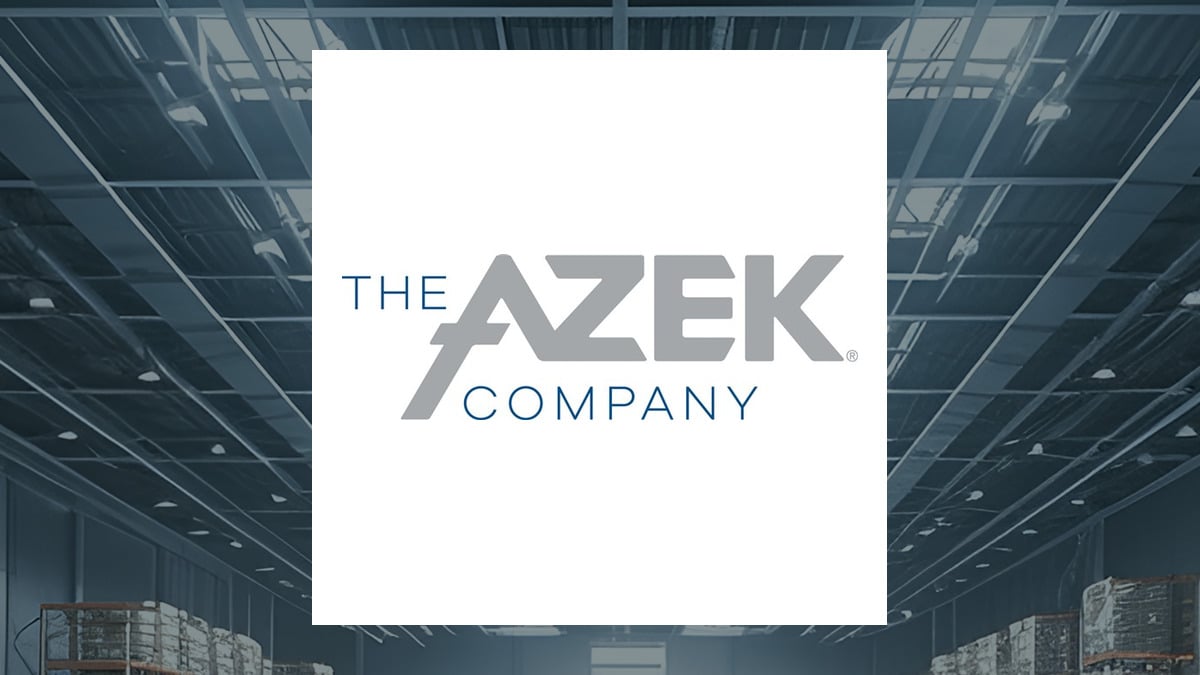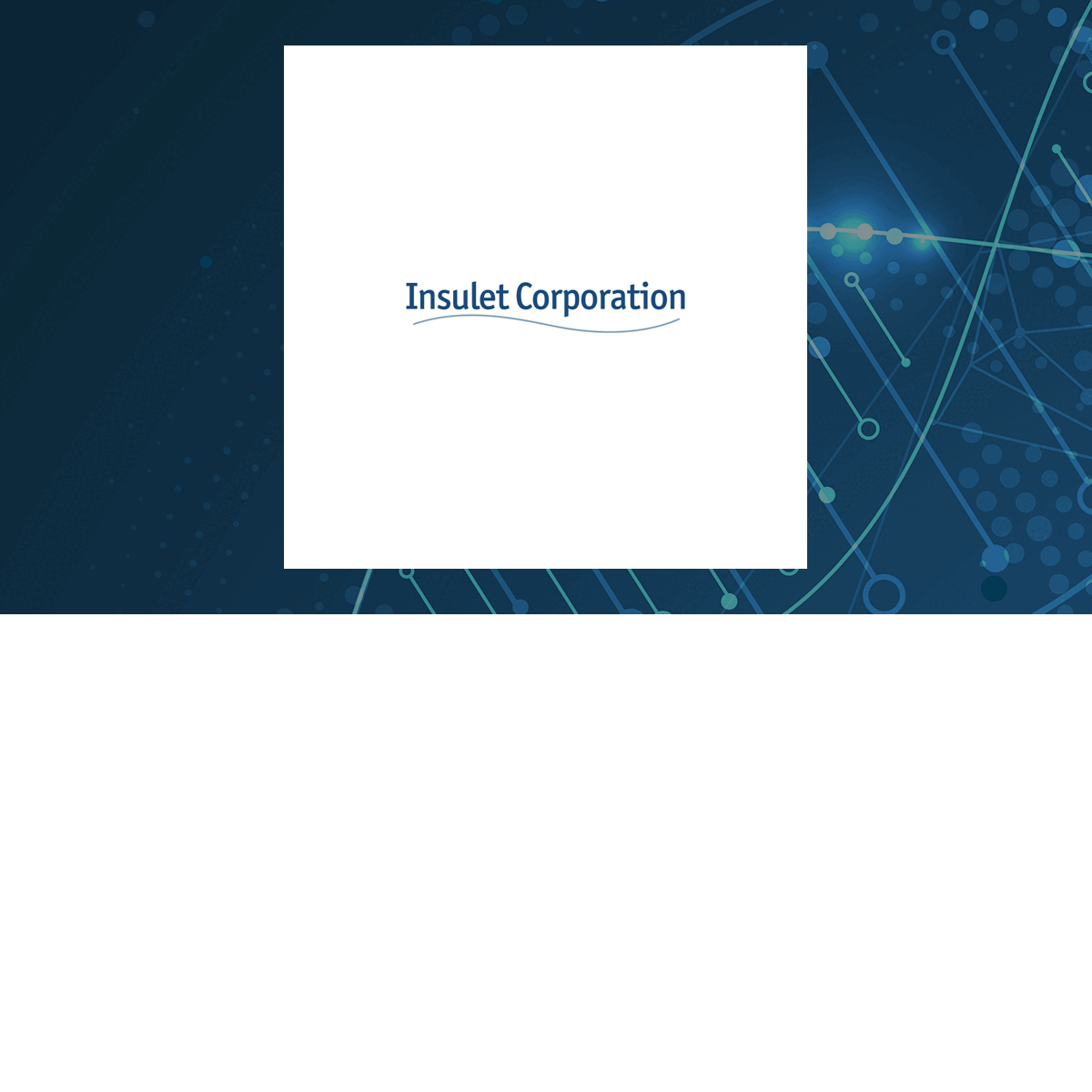
The route to Charles Brindamour’s family cabin snakes north from his hometown of Quebec City. Once or twice a year, he says goodbye to his wife, Josée, and their daughters, Emmanuelle and Juliette, and embarks on the familiar trip from Toronto for some solitude in the forest. His only company is a stack of books—but not the le Carré spy thrillers and geopolitical non-fiction he likes to read in what little spare time he has.
No, these trips are reserved for the collection he amasses throughout the year focused on climate change and, increasingly, generative AI. This summer’s reading list included Not the End of the World by Hannah Ritchie, The Master Algorithm by Pedro Domingos and Gaia Vince’s Nomad Century —titles he hopes will give him a fresh perspective on the challenges facing the world in general and the company he leads, Intact Financial Corp., in particular.
As Canada’s largest property and casualty insurer, Intact is on the front lines of climate-related disasters, which are increasing at a staggering rate. This summer alone, four catastrophes hit Canada hard—the wildfire that destroyed much of Jasper, Alta., flooding in downtown Toronto and in Quebec, and a hailstorm in Alberta—contributing to the $7 billion in insured losses the industry has already calculated for the first nine months of 2024.
That’s more than double what insurers paid out in all of 2023. And yet, Intact has grown to $22.4 billion in annual premiums, up from $4.
3 billion in 2009, and the share price hit $263 on Nov. 6—up nearly 700% since it first went public on the Toronto Stock Exchange in 2009. Since then, the insurer has had 19 consecutive dividend increases and seen a total shareholder return outpacing the TSX 60 by 6% over the past 10 years.
That includes about a 30% increase in its share price in 2024 alone, despite a year of disaster. So, what’s Brindamour’s secret? The easy answer is to say that Intact, like many P&C insurers, has hiked premiums. And it has—on home insurance, Intact’s have gone up by 9% this year.
More importantly, though, Brindamour has turned his actuary’s brain and voracious appetite for information toward fine-tuning Intact’s strategy to withstand the increase in catastrophic events and ensure it continues to pay out millions in disaster claims while still turning a profit. It’s a strategy that’s been 15 years in the making—ever since Brindamour took over the reins as CEO of Intact’s predecessor, ING Canada. Since then, he has overhauled the way the company sells policies, launched a dedicated natural-disaster claims team, and purchased a home restoration company in 2019 to speed up wait times for policyholders—all while steering Intact through a series of acquisitions to bulk up its share of the Canadian market and establish a beachhead in Europe.
And while he’s far too modest to admit it, Brindamour has become a major pillar in the fight against climate change on the global stage, too. Well before climate targets became boardroom buzzwords, Brindamour predicted that climate risk was erupting, and it was an issue that required collaboration between corporate Canada and citizens, city officials and government bodies. “Charles was pushing the adaptation agenda at a time when almost no other big CEOs were,” says Blair Feltmate, a climate professor at the University of Waterloo and head of the Intact Centre on Climate Adaptation, whose mission is to develop practices that help homeowners and communities avoid hardship due to flooding, wildfire and extreme heat.
“There’s a very good chance Canada wouldn’t have a national adaptation strategy today without Charles.” In 2010, Feltmate notes, Brindamour funded the first major national conference on climate adaptation, which led to one of the first published papers on the subject. “He supported the foundational work behind the scenes,” says Feltmate, “often pulling the levers to have meetings with industry associations and ministers at the federal level.
” More recently, with major floods having devastated multiple regions, including downtown Toronto, Brindamour has been an advocate for developers to reconsider plans to build residential homes in low-lying areas. The alternative, he says, could leave Canadians living in zones too risky to insure. “I’m in the camp that you should use your edge to make a difference,” Brindamour says.
“Given the business we’ve built, our resources and my knowledge of the file, this is an area where I feel we bring something to the table. Because if we want to move the needle on climate, it needs to be embedded in strategy.” Several weeks after the fire ripped through Jasper, destroying more than a third of the city’s 1,113 buildings, Brindamour walked through the empty residential streets, examining the devastation.
The place looked like an apocalyptic movie set, with burnt-out cars abandoned alongside charred remnants of once-healthy neighborhoods. Blue safety fencing blocked access to areas that were still deemed unsafe. Brindamour was awestruck by how quickly the fire spread, even jumping across rivers as it consumed 32,700 hectares over the course of a month.
The catastrophe took the entire industry by surprise, he says. The town wasn’t even close to the top of the list of cities most at risk, according to Intact’s own analysts. It was No.
73. Once upon a time, Intact might have been overwhelmed by a disaster of this magnitude. In the beginning, P&C insurers were largely focused on protecting homes against house fires, and Intact was no different.
But roughly three decades ago—around the time Brindamour joined the insurance business—natural disasters started an upward march, increasing by a factor of four when adjusted for inflation. About 15 years back, while he was still settling into his new role as CEO of Intact, Brindamour started to crunch the data and found a serious problem: For every dollar Intact was bringing in from premiums on those fire-centric policies, it was losing between $1.10 and $1.
12, predominately on water damage. The way insurance was being sold wasn’t sustainable. “If we wanted to fulfill our purpose, which is to help Canadians be resilient in bad times,” he says, “we needed to change how we did that.
” First, Brindamour had his teams redesign its products to provide coverage for individual perils such as floods, wind, hail and hurricanes. Next, he changed the type of data Intact was collecting. So, rather than just asking for a postal code, Intact began to look at the exact location of a home and at what altitude.
“We changed our view of natural disasters,” Brindamour says. “Normally, you price insurance looking at the past. But in the case of climate change, you have to take the view that it’s trending upward prospectively, and the past is only a partial indication of the future.
” Intact then added a geospatial modelling team to carry out a closer analysis of data directly linked to specific locations, using satellite imagery and weather maps to better predict climate risk. And in 2014, Brindamour created a dedicated claims team for natural disasters. Intact wanted to ensure customer phone lines wouldn’t get backlogged when major events began to hit back-to-back.
Today, 5,000 employees manage 99% of Intact’s claims in-house—up from 3,000 a decade earlier—reducing wait times to seconds, not hours. “We were scrambling when there was a natural disaster,” says Brindamour, “whereas now it’s part of our competitive advantage.” – Charles Brindamour, CEO of Intact In August, after Calgary was hit with a brutal hailstorm, Intact set up drive-through “hail centres” that appraised thousands of vehicles and reduced the average wait time from 60 to 45 minutes.
In Jasper, after 25,000 residents were forced to evacuate, Intact brought in Wildfire Defense Systems, a private U.S. firefighting organization, to fireproof buildings owned by 700 families and businesses it insures there.
Once the fire was under control, the action shifted to On Side Restoration Services, Intact’s in-house home-repair business (which now has 40 outposts across the country). More than 100 experts arrived a day before the town re-opened to clean and clear debris, even competing with bears to remove more than 2,300 fridges filled with spoiled food from 900 buildings. “Charles will always say we don’t have a climate strategy, because climate is embedded in our business, and we bear it on our balance sheet,” says Intact’s CFO, Louis Marcotte.
“I think that is a defining differentiator between us and everybody else.” Data and generative AI have a big role to play. Intact now has 500 people working to deploy more than 93 machine learning models, looking for ways to stay ahead of competitors.
Brindamour says Intact has been doing this for 10 years, well ahead of most rivals. The benefits are enormous. For example, AI can generate more than one trillion price points to determine the cost of one household’s premium.
That means there’s a wider array of prices for customers to shop around. “When data is being democratized, you have to move faster to maintain that advantage,” says Brindamour, “and that is why we’ve been on AI for a long time.” Brindamour was destined to be an insurance guy.
Growing up in Quebec City, he says there was only one career his guidance counsellor ever discussed: actuary. The early 1990s were difficult times for the province, he says, and the town had a world-class actuarial school. “If you were good in math, you didn’t think about all sorts of professions,” Brindamour says.
“If you wanted a job, you went to study actuarial science.” It didn’t hurt that both his parents were in insurance. After graduating from Université Laval in 1992, Brindamour was hired by a small Quebec-based insurer, Commerce Group, that would later be acquired by ING Group.
After stints in both Toronto and Europe, Brindamour returned to Canada and was named chief operating officer of ING Canada in 2007. A year later, at 38, he became CEO. In 2009, ING decided to pull out of the country, selling off its banking and insurance divisions, the latter of which became Intact Financial, Canada’s largest independent insurer, with Brindamour at the helm.
The deal was one of the largest on the Toronto Stock Exchange at the time, raising $2.2 billion in share sales. It comes as no surprise that a guy obsessed with numbers has five key principles that have helped guide Intact’s success, and he rhymes them off in his office overlooking Queen’s Park.
Bet on deep trends. Benchmark against the best in the world. Think in decades, but be ready to act in minutes.
Over-index on talent. And remain anchored to company values. That vision has helped Brindamour grow Intact to two times the size of its next-largest competitor and 23 times that of the average property insurer in Canada.
Much of that growth has come through a series of major acquisitions, starting in 2011, when Intact acquired Axa Canada for $2.6 billion. Since then, Brindamour has snapped up eight more competitors, boosting its market cap to $48 billion from $4.
6 billion. Most of the deals were local, but in 2017, Brindamour acquired U.S.
-based OneBeacon Insurance Group for $2.3 billion. The deal propelled Intact, already Canada’s largest home and auto player, onto a North American stage.
But he had much bigger aspirations. “We had to keep an eye on the size of the people we were competing with on a global level,” he says. “We started to look at potential targets that could help strengthen our position abroad and here in Canada.
” One of them was RSA Canada, a P&C insurer that also has businesses in the U.K., Sweden and Denmark.
Initially, Intact was looking to acquire the Canadian operations only, but just before the start of pandemic, Brindamour ran the numbers and realized he could buy the entire shop, launching Intact into Europe. The $12.4-billion purchase (in partnership with Denmark’s Tryg) was the largest in its history, adding 5% to Intact’s market share.
RSA operations in Denmark and Sweden went to Tryg, and Intact exited some personal and auto lines in the U.K. where he didn’t think the company could add value.
Instead, he built up commercial insurance. “If you look at our strategy over the years, it’s been to double down on what you’re good at and try to be the best in the world,” he says. “That is your licence to get out of your domestic market.
” The RSA deal—which has delivered a 20% return on capital since the deal closed in June 2021—gave Intact some much-needed clout with existing customers. “If we had a customer in Europe or the U.K.
, we didn’t have a good solution for them, and that held us back.” Today, Brindamour spends a quarter of his time in London, where he continues integrating RSA into the Intact culture. Within the first five months, he changed a portion of the U.
K. leadership and invested heavily in tech, on which it now spends $500 million a year. Over the past decade, he says data accounts for a third of Intact’s return-on-equity advantage over competitors.
The other two-thirds comes from how it gets customers back on track through managing its supply chain for restoration and repair services, and how it reinvests capital. “That’s been a recipe to win at home and abroad,” he says. It all comes back to data.
If you’re sitting in a board meeting with Brindamour, be prepared to answer questions. Lots of them. “Leadership is not about what you say but about the questions you ask,” says Intact Canada CEO Louis Gagnon.
“Charles is always looking at how to involve more people by asking them questions.” And your answers better be based on numbers. “Don’t bother Charles with anecdotes,” says Gagnon.
“Data is the key.” Feltmate first met Brindamour in 2009 over lunch. The professor was looking for a partner to support research around severe weather events, and to say he was impressed with Brindamour—who’d just been promoted—is an understatement.
In his words, Brindamour is a “pragmatic, benevolent visionary.” The CEO agreed to invest, and in 2016, Feltmate opened the Intact Centre for Climate Adaptation at the University of Waterloo. (Intact provides funding but has no influence over the centre’s research.
) Since becoming CEO, Brindamour has overhauled the way the Intact sells policies, launched a dedicated natural-disaster claims team, and purchased a home restoration company to speed up wait times for policyholders. Brindamour wants to find a solution to a much heftier problem: uninsured damages, which are typically three times the cost of insured losses during a natural disaster. Since 2010, Intact has provided $25 million to 100-plus adaptation projects.
That has now expanded to include extreme heat, the CEO’s next big concern. “Charles wants to achieve action, which is always our goal,” says Feltmate. “Describing a problem is not enough.
He wants to solve it. And that is Charles—he thinks ahead of the curve.” Brindamour regularly tours the sites of major disasters across the country.
He was on the ground following the Calgary flood in 2013, the hailstorm that hit there this past summer, and the storms in Toronto earlier this year. He also spends a lot time speaking with mayors and fire chiefs in cities that are seen as most at risk (though he’s hesitant to say which ones as that list is constantly evolving). The goal is to help planners prepare and discuss what they can do to keep insurability.
In the U.S., several large insurers are no longer offering home insurance in certain regions.
Here in Canada, P&C insurers (including Intact) are still offering fire coverage nationwide. Flood protection is a bigger problem, however. About 10% of homes in Canada—1.
5 million—are uninsurable for flood risk, says Brindamour. That’s why prevention and education are critical: to help homeowners learn how to better protect themselves. That requires people, not just AI.
Brindamour is obsessed with developing, building and moving the talent pool at Intact. Succession planning is key: For the top 250 people at the company globally, there are five successors ready to move into those roles within three years, including his own role as CEO. Intact’s chief people, strategy and climate officer, Carla Smith, has moved through six jobs in six years.
She sees the constant shifts as a privilege. “Charles pushes people to take career risks and is constantly rotating the team so we can gain experience,” Smith says. “He is the chief dreamer.
” Brindamour seems firmly rooted in reality, though. The cost of disasters will increase by 50% over the next 15 years, and assuming the planet warms by the three degrees that current models are projecting, events will be twice as intense. “If you look at what Canadians are concerned about today, climate change has migrated up the list,” he says.
“I am convinced we’ll be able to grow in home insurance in the next decade on a sustainable and profitable basis. But we have to work with communities, with governments, so we all see this as a societal issue that requires prevention, investment and infrastructure.” Your time is valuable.
Have the Top Business Headlines newsletter conveniently delivered to your inbox in the morning or evening. Sign up today ..














